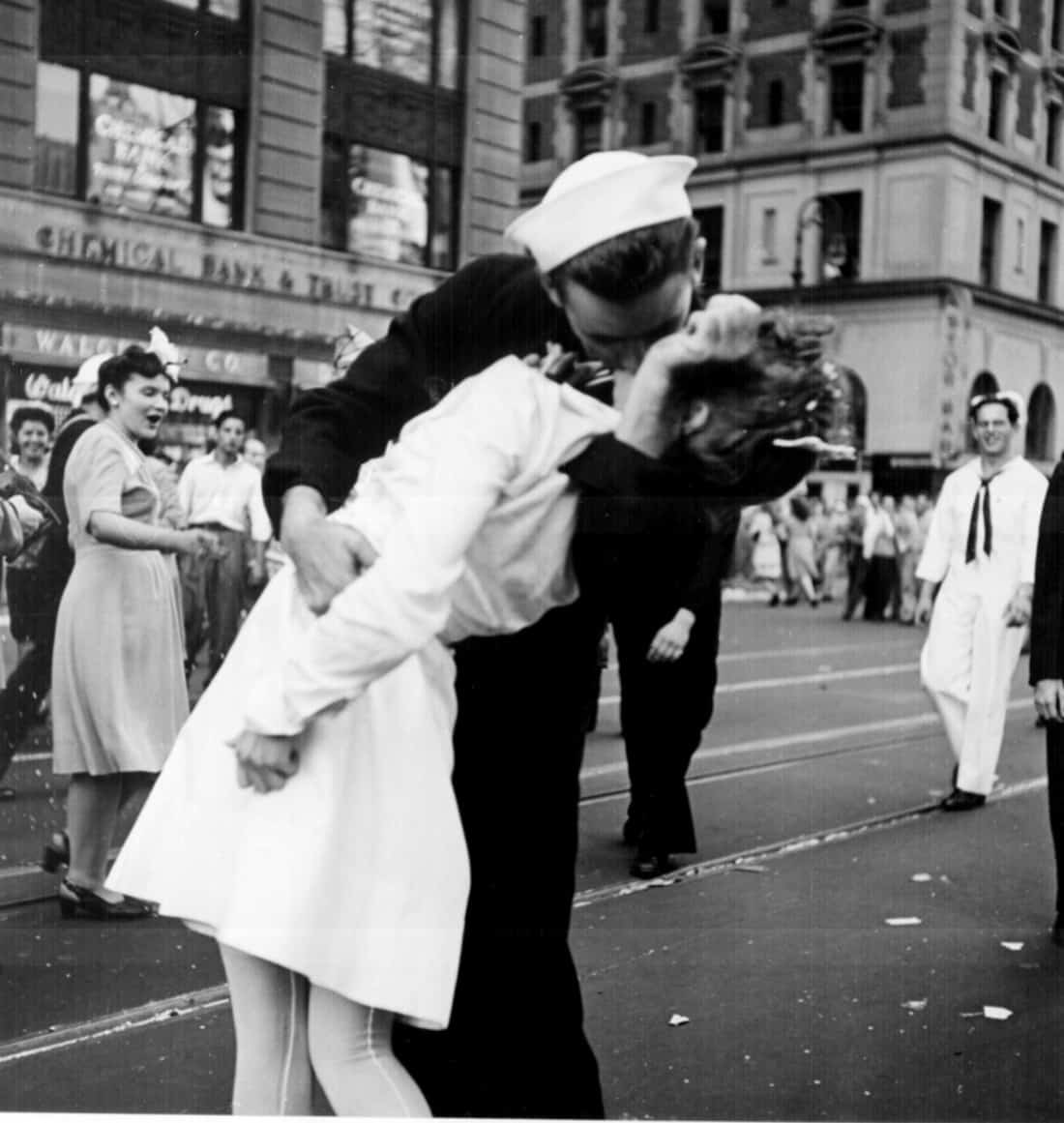The Best Guide To Framing Streets
Table of ContentsLittle Known Questions About Framing Streets.The Framing Streets Diaries8 Simple Techniques For Framing StreetsThe Single Strategy To Use For Framing StreetsWhat Does Framing Streets Do?Framing Streets - The Facts
Photography style "Crufts Canine Program 1968" by Tony Ray-Jones Road photography (likewise sometimes called honest photography) is photography performed for art or inquiry that includes unmediated possibility experiences and random events within public areas, normally with the objective of capturing photos at a definitive or poignant moment by mindful framing and timing. 
Some Known Details About Framing Streets
Susan Sontag, 1977 Street digital photography can concentrate on people and their behavior in public. In this respect, the road digital photographer is similar to social documentary photographers or photojournalists who also work in public areas, yet with the purpose of capturing relevant occasions. Any of these digital photographers' pictures may catch people and home visible within or from public locations, which commonly requires browsing honest concerns and legislations of personal privacy, safety and security, and residential property.
Depictions of daily public life develop a style in almost every duration of globe art, beginning in the pre-historic, Sumerian, Egyptian and early Buddhist art durations. Art managing the life of the street, whether within sights of cityscapes, or as the dominant concept, shows up in the West in the canon of the Northern Renaissance, Baroque, Rococo, of Romanticism, Realism, Impressionism and Post-Impressionism.
Some Of Framing Streets
Louis Daguerre: "Boulevard du Temple" (1838 or 1839) In 1838 or 1839 the first photo of numbers in the road was tape-recorded by Louis-Jacques-Mand Daguerre in one of a set of daguerreotype sights extracted from his workshop window of the Blvd du Temple in Paris. The second, made at the elevation of the day, shows an uninhabited stretch of road, while the various other was taken at concerning 8:00 am, and as Beaumont Newhall reports, "The Blvd, so regularly filled up with a relocating crowd of pedestrians and carriages was flawlessly singular, other than an individual that was having his boots brushed.
, who was inspired to take on a comparable paperwork of New York City. As the city developed, Atget aided to advertise Parisian streets as a worthy topic for digital photography.

Framing Streets Things To Know Before You Buy
Martin is the first taped digital photographer to do so in London with a masked cam. Mass-Observation was a social study organisation established in 1937 which aimed to record daily life in Britain and to tape-record the reactions of the 'man-in-the-street' to King Edward VIII's abdication in 1936 to wed separation Wallis Simpson, and the succession of George VI. The chief Mass-Observationists were anthropologist Tom Harrisson in Bolton and poet Charles Madge in London, and their initial record was produced as the publication "May the Twelfth: Mass-Observation Day-Surveys 1937 by over 2 hundred onlookers" [] Home window cleaner at Kottbusser Tor, Berlin, by Elsa Thiemann c. 1946 The post-war French Humanist College photographers located their subjects on the street or in the restaurant. Between 1946 and 1957 Le Groupe des XV annually displayed job of this kind. Andre Kertesz. Circus, Budapest, 19 May 1920 Street photography developed the major material of 2 events at the Gallery of Modern Art (Mo, MA) in New York curated by Edward Steichen, Five French Photographers: Brassai; Cartier-Bresson, Doisneau, Ronis, Izis in 1951 to 1952, and Post-war European Digital Photography in 1953, which exported the principle of street digital photography internationally.

The Only Guide to Framing Streets
, after that a teacher of young kids, associated with Evans their website in 193839.'s 1958 publication,, was considerable; raw and usually out of emphasis, Frank's photos questioned conventional digital photography of the time, "tested all the official policies laid down by Henri Cartier-Bresson and Walker Evans" and "flew in the face of the wholesome pictorialism and heartfelt photojournalism of American magazines like LIFE and Time".